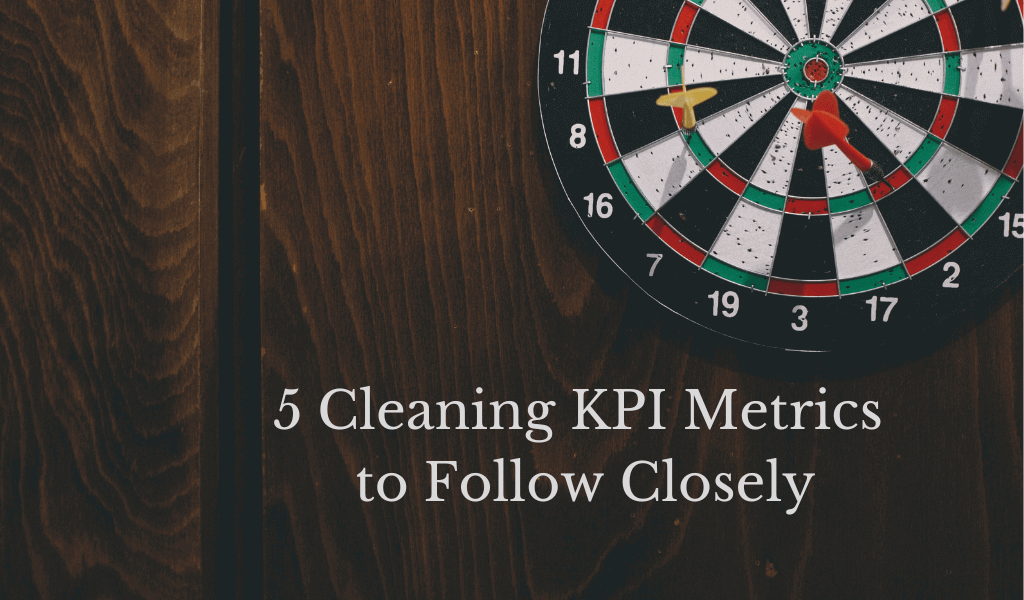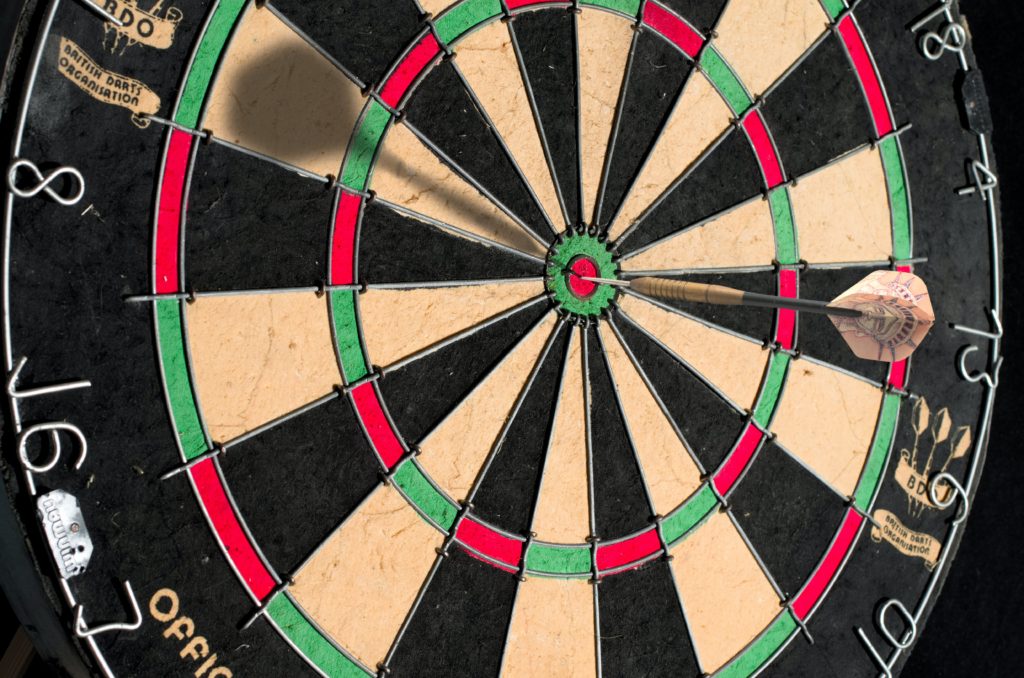How do you know if your team is performing well? These cleaning KPI metrics can keep you on track to success.
As your commercial cleaning company grows, it can be hard to track how well the business is doing. Sure, you can look at bank statements, and you have cleaning inspections, but is your business just getting by? Is it improving? There are some cleaning KPI metrics you can follow to measure the health of your business.
A cleaning KPI is a Key Performance Indicator, and it can be about anything you want it to be, from the number of new prospects that call you to the time it takes to do a job to the percentage of contract renewals. Obviously, some are more important than others, and each can tell a different story.
But with so many possibilities to choose from, how do you know which ones to watch? And which is just extra information you can’t do anything with?
Learn how you can have the KPIs you need to scale your business with Janitorial Manager. Learn more today with a free discovery call!
The 5 cleaning KPI metrics you need to pay attention to
To avoid getting overwhelmed, it’s helpful to sort your information into cleaning KPI categories. And it’s helpful to be specific. So, for example, you might have a category for new business. Then within that, you could have performance indicators for word of mouth referrals, inquiries through social media, and newspaper ads. You might even get more specific and break a social media category down into Instagram, Twitter, Facebook, and so on.
Depending on what you’re looking for, that very specific information can give you a lot of insight. Or, if you want something more general, you can stick with one of the larger categories, such as how many new contracts you sign each week.
For now, though, let’s keep it simple. Here are 5 cleaning KPI topics to keep an eye on.
1. Employee Turnover. As a commercial cleaning KPI for the health of your business, employee retention and turnover is more important than most people realize. In short, the higher your turnover rate, the more money you’re putting into payroll, and the more time you’re taking to interview, hire, and train new people. Not to mention, higher turnover often results in decreased customer satisfaction. We all know the turnover rate in the cleaning industry is high, but that doesn’t mean you have to accept it as the norm. You can read more about employee retention here.
2. Employee Absentee Rate. While not necessarily as disruptive as a high turnover rate, employee absences do create difficulties. Bear in mind, of course, that people do get sick and have to miss work sometimes. You aren’t tracking employee absences to micromanage your team. That said, it can still impact your overall productivity and customer satisfaction if you have people out frequently. If you find that you do have a high absentee rate, it might be worth hiring someone as a floater or finding someone willing to work on an as-needed basis.
3. Customer Satisfaction. No one needs to tell you how important customer satisfaction is. But the sad reality is that many commercial cleaning operations don’t know when customers are growing dissatisfied until it comes time to renew a contract. Then you’re fighting an uphill battle that you probably won’t win. Don’t let that happen to you. This is a cleaning KPI that can give you good, objective data. Send a survey out monthly with just one or two questions and a rating scale of 1 to 5. It can be as simple as asking clients to rate their satisfaction with your services on a scale. You can even make it an anonymous survey to learn if you and your teams are performing as expected.
4. Inspection Results. The results of your cleaning inspections can tell you a lot about how well you’re training your team and communicating your expectations to them. Think of this cleaning KPI as the internal version of your customer satisfaction survey. Remember, though, that the numbers need to be objective and measurable. For instance, “Was the job completed satisfactorily?” won’t give you the quantifiable results that “On a scale of 1 to 5, how well was the job completed?” will provide you with. For an easy way to manage and track historical inspection results, you should turn to janitorial software. Janitorial Manager is a great place to start.
5. Labor Costs. It’s not uncommon for labor to be one of the highest budget items for a business. This commercial cleaning KPI isn’t here to give you heartburn over expenses. What tracking your labor costs can do, however, is alert you to unusual activity, regular patterns, or areas you need to recalibrate. For example, if you work with schools, your labor costs may decrease in the summer. That’s normal. But a spike in labor costs for a year-round business, like an office, could indicate that your client is asking for more work from your team that you don’t know about, that there’s a problem with equipment, or your team is working more slowly than you accounted for. Again, though, you’ll need to dig a little to understand why this KPI is what it is, but it can help you determine if there’s an area you need to explore.
Certainly, there are more KPIs you can look at. Just remember that for a KPI to be helpful, it needs to supply you with objective information that you can act on. And you don’t want to get in so deep that you’re overwhelmed with data. Nevertheless, these five are a good starting point and an excellent way to gather essential knowledge to help your commercial cleaning business succeed.
Harness the value of Janitorial Manager to grow your business like never before. Learn more today with a free discovery call and find out how to make your cleaning business more efficient and more profitable!


